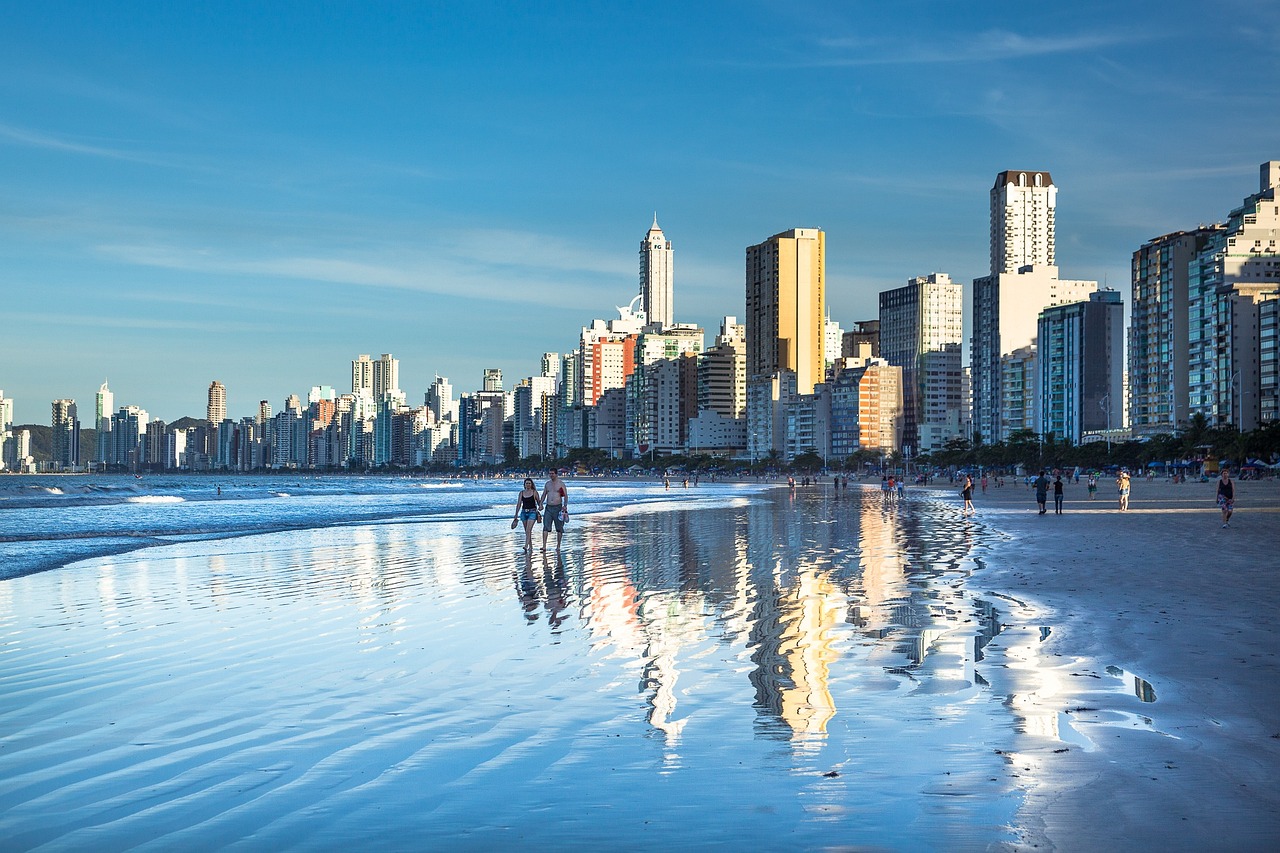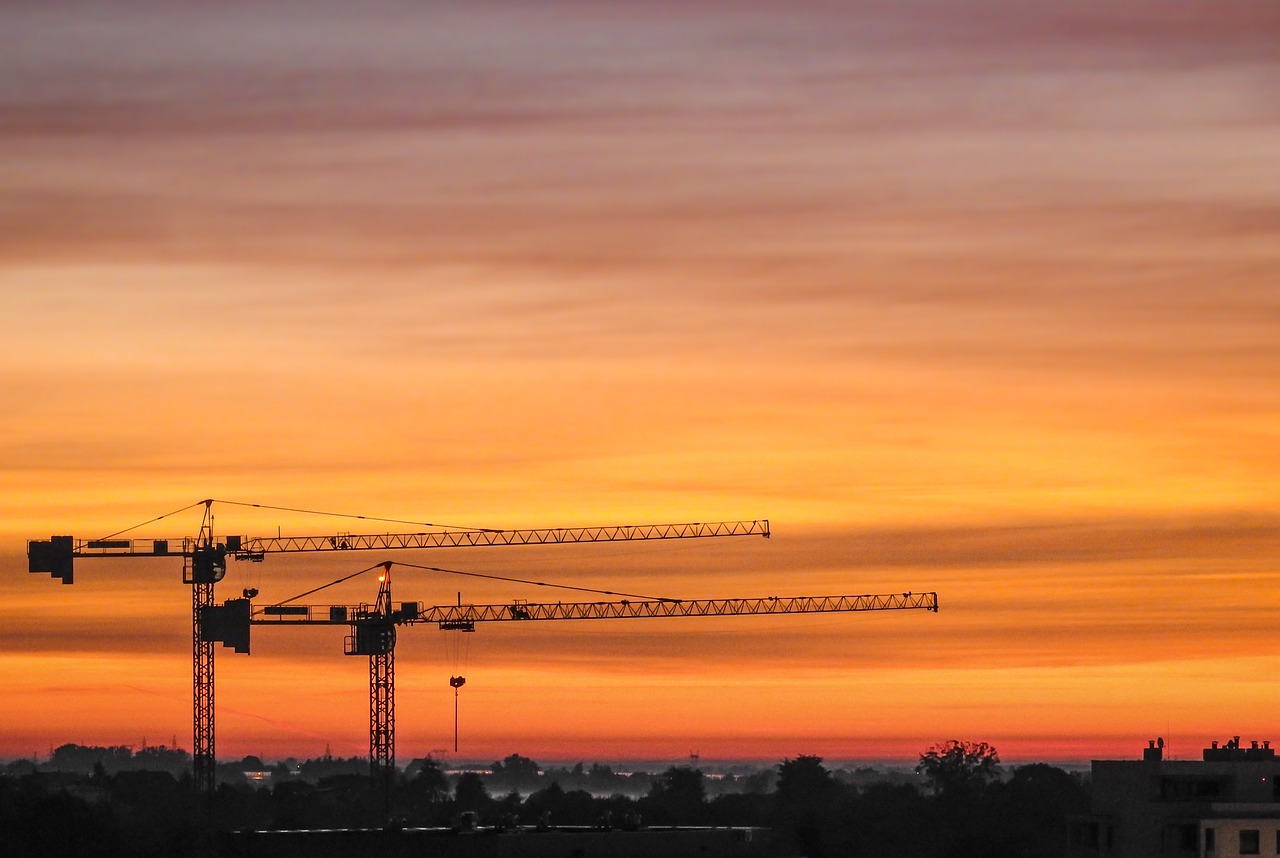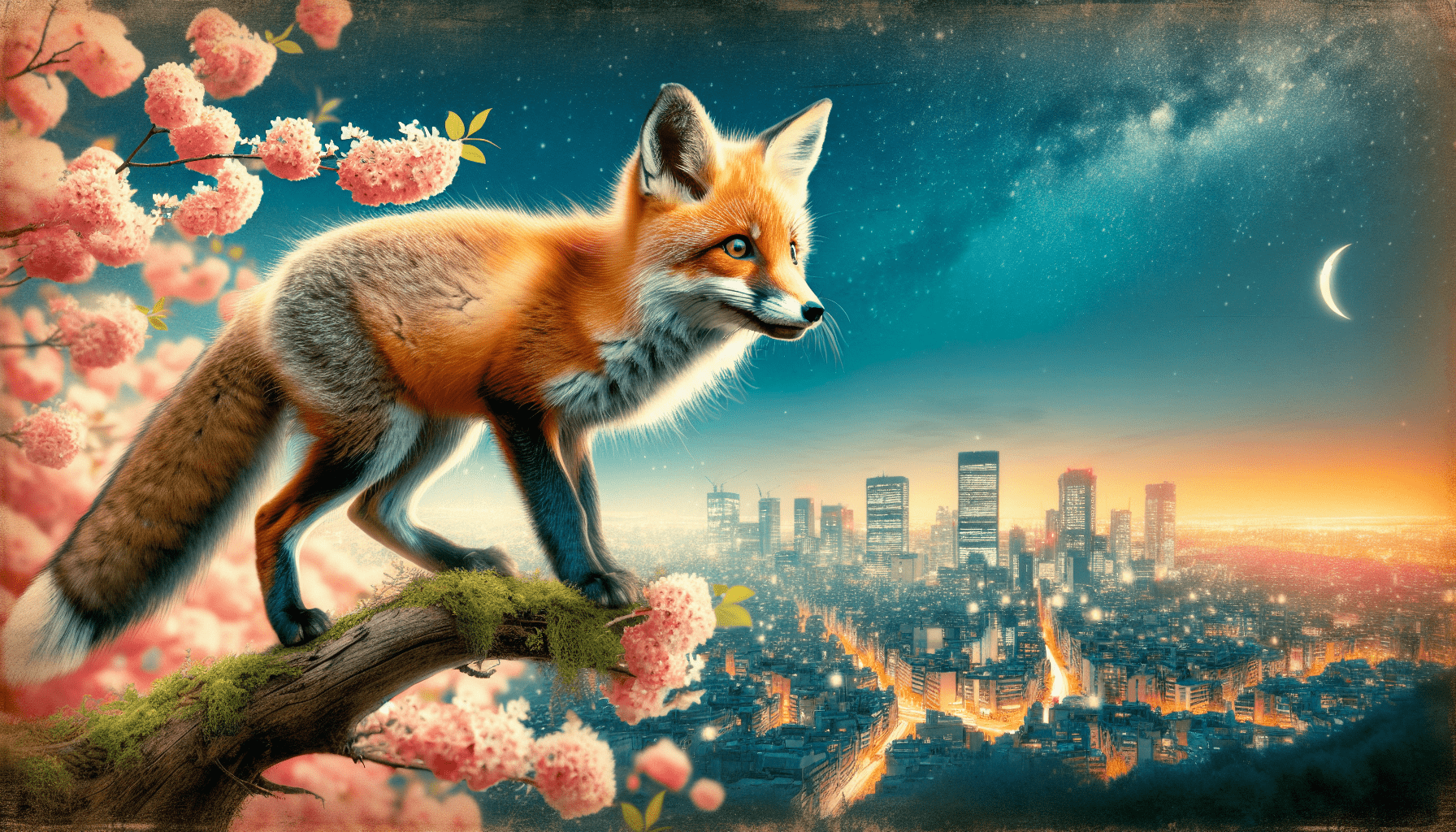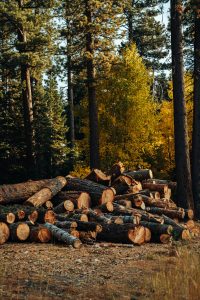How does urbanization impact wildlife? This question might seem straightforward, but the intricate web of interactions between urban development and the natural world reveals a much more complex story. As our cities and towns grow, the need to understand these dynamics becomes increasingly important.

Introduction to Urbanization
Urbanization is the process by which rural areas transform into urban areas, characterized by population density, infrastructure development, and economic activities. The rise of cities creates both opportunities and challenges for wildlife. Understanding these changes helps us foster coexistence between human populations and nature.
The Rise of Urban Areas
Urban areas have expanded at an unprecedented rate over the past century. From megacities with millions of inhabitants to smaller towns growing rapidly, the footprint of human habitation is increasing. This expansion changes landscapes, often transforming natural habitats into residential, commercial, or industrial areas.
The Necessity of Studying Urbanization
Studying urbanization is important not just for understanding its impact on human life but also its ecological consequences. Wildlife, from the smallest insects to the largest mammals, is affected by these changes. We must delve deeper into the specifics to comprehend and mitigate the negative impacts while promoting harmonious coexistence.
Direct Impacts on Wildlife
Urbanization directly affects wildlife through habitat loss, fragmentation, and alteration. These transformations lead to several cascading effects that can be adverse for many species.
Habitat Loss
One of the most apparent impacts of urbanization is habitat loss. As forests, wetlands, and other natural areas are converted into urban environments, many species lose their homes. Habitat loss can lead to population declines and sometimes even extinction if animals cannot adapt or relocate.
Fragmentation
Even if patches of natural areas remain within urban landscapes, these fragments are often isolated from one another by roads, buildings, and other structures. Fragmentation disrupts migration patterns and breeding processes, which are crucial for maintaining genetic diversity in wildlife populations.
Alteration
Urban environments also alter habitats in ways that may not be immediately visible. Changes in light, noise, and chemical pollution can drastically change the conditions in which wildlife lives. For example, light pollution can interfere with the behaviors of nocturnal animals, while chemical pollutants can impact the health of aquatic and terrestrial species.
Consequences of Direct Impacts
The direct impacts of urbanization can have severe consequences, including:
- Reduced biodiversity: Many species decline or vanish entirely due to the unsuitable urban environment.
- Behavioral changes: Some wildlife may alter their behavior to adapt, such as becoming nocturnal.
- Increased human-wildlife conflict: Animals searching for food and habitat may come into more frequent conflict with humans.
Indirect Impacts on Wildlife
Beyond the immediate and obvious, urbanization also carries subtler, indirect impacts on wildlife. These often stem from changes in ecosystems, food webs, and climatic conditions.
Ecosystem Changes
Urban environments can cause changes in surrounding ecosystems. Rivers can be redirected, wetlands drained, and forests thinned. These changes can then ripple out, affecting species that weren’t initially in the direct path of urbanization.
Food Web Disruptions
Urban areas often introduce new food sources (like garbage) while reducing others (natural prey or plants). This can lead to imbalanced food webs. Some animals, such as pigeons and rats, thrive and become overly abundant, while others with more specialized diets diminish.
Climate Change
Cities are hotspots for heat, often referred to as urban heat islands. The increased temperatures can alter local climates, affecting the wildlife that relies on certain temperature conditions for breeding and feeding.
Human Activities
Human activities such as transportation and industry create disturbances for wildlife. For example, major roads can be deadly barriers for many animals, and industrial pollutants can have far-reaching effects on ecosystems.
Species Affected by Urbanization
Not all wildlife is impacted equally by urbanization. Some species adapt, some thrive, while others struggle to coexist with the growing urban landscapes.
Urban Exploiters
These species take advantage of the new resources and environments provided by urbanization. They often become very successful in cities, sometimes even more so than in their natural habitats.
| Species | Adaptation Strategy | Examples |
|---|---|---|
| Pigeons | Utilize buildings for nesting, cities for food | Rock pigeons |
| Rats | Thrive on human waste and garbage | Norway rats |
| Squirrels | Adapt to park trees and human-provided food | Eastern gray squirrels |
Urban Avoiders
These species do not adapt well to urban environments and typically decline in number as urbanization progresses. They require specific habitats that cities cannot provide.
| Species | Habitats Affected | Examples |
|---|---|---|
| Amphibians | Wetlands destroyed by construction | Frogs, salamanders |
| Large mammals | Large territories fragmented by roads and buildings | Bears, moose |
| Raptors | Need expansive hunting grounds | Eagles, hawks |
Transitional Species
Some species can survive in urban areas but move between urban and natural environments, depending on the availability of resources and habitats.
| Species | Movement Patterns | Examples |
|---|---|---|
| Foxes | Travel between city parks and outskirts for food | Red fox |
| Deer | Use urban green spaces for shelter and food | White-tailed deer |
| Coyotes | Adapt to both urban and suburban settings | Coyotes |

Positive Effects of Urbanization on Wildlife
While many aspects of urbanization can negatively impact wildlife, there are also certain positive effects. These can create opportunities for balancing urban development with wildlife conservation.
Creating New Habitats
Urban areas often include parks, gardens, and green roofs, which can serve as habitats for various species. Well-maintained urban green spaces can provide nesting sites, food sources, and shelter.
Increased Awareness and Conservation Efforts
Urbanization can lead to increased public awareness and engagement in wildlife conservation. City dwellers may develop an interest in local wildlife, leading to collective efforts to protect and support urban fauna.
Ecological Niches
Urban areas can sometimes create niche environments where specific species thrive. This can include hardy plant species in green belts supporting particular insects or birds that feed on urban pests.
Mitigating Negative Impacts
It’s essential to adopt strategies that minimize the adverse effects of urbanization on wildlife. Many approaches can be implemented at various levels, from individual actions to city planning.
Habitat Restoration and Preservation
Preserving remaining natural areas and restoring damaged ones can be a crucial step. Efforts can include reforesting areas, creating wetlands, and restoring rivers.
Green Corridors
Allowing wildlife to move freely between habitat fragments is vital. Green corridors, like strips of forest or grasslands connecting larger habitat areas, can help maintain population connectivity.
Sustainable Urban Planning
Incorporating wildlife-friendly designs into city planning and development can significantly reduce the negative impacts. This entails minimizing habitat destruction, reducing light and noise pollution, and considering wildlife in the planning stages.
Community Engagement
Engaging communities in wildlife conservation can foster a better understanding and commitment to protecting urban wildlife. Programs and initiatives that encourage citizen involvement and education can have long-lasting positive effects.
Use of Native Plants
Using native plants in landscaping and city planning can support local wildlife. Native plants are well adapted to local conditions and provide better food and shelter for native species compared to exotic plants.
Management of Waste
Proper waste management can reduce the unintended food resources for wildlife, thus controlling populations of urban exploiters like rats and pigeons. This can also prevent the spread of diseases.
Wildlife Crossings
Constructing wildlife crossings, such as bridges or tunnels under or over highways, can reduce fatalities and allow safe passage for animals.

The Role of Policy and Legislation
Effective policies and legislation play a crucial role in balancing urban development and wildlife conservation. Laws and regulations can protect habitats, regulate pollution, and promote sustainable practices.
Environmental Protection Laws
Enforcing and expanding laws that protect natural habitats from destruction due to urban expansion is essential. This includes legislations like the Endangered Species Act, which safeguards species at risk.
Zoning Regulations
Proper land-use planning and zoning regulations can prevent haphazard urban sprawl. Zoning can designate areas that must remain undeveloped and can promote mixed-use spaces that incorporate green infrastructure.
Incentives for Green Development
Providing incentives for developers to integrate green spaces, sustainable practices, and wildlife-friendly designs into urban projects can encourage broader adoption. Incentives might include tax breaks, grants, or awards.
Water and Air Pollution Regulations
Strict regulations on emissions and waste can reduce the impact of pollution on urban wildlife. Cleaner water and air are beneficial for both humans and wildlife.
Importance of Research and Monitoring
Continued research and monitoring are crucial for understanding the impacts of urbanization on wildlife and developing effective mitigation strategies. Scientific studies offer insights into population dynamics, behavioral changes, and ecological interactions.
Wildlife Surveys
Regular surveys and observations can help track the population trends of different species. This data can inform conservation strategies and policies.
Technology in Wildlife Research
Technological advancements, such as GPS tracking, camera traps, and environmental DNA sampling, provide more comprehensive data on wildlife presence and movements. These tools can reveal patterns that are not immediately visible.
Citizen Science
Engaging the public in research through citizen science programs can significantly expand the capacity for data collection. Citizen scientists can report wildlife sightings, participate in surveys, and help with conservation projects.
Collaboration with Universities and NGOs
Partnerships with academic institutions and non-governmental organizations (NGOs) can bolster research efforts. These collaborations often bring additional resources, expertise, and innovative solutions.

Case Studies
Examining specific examples can illustrate the varied impacts of urbanization and effective strategies to mitigate such effects.
Case Study 1: The Peregrine Falcon in Urban Areas
The peregrine falcon has adapted remarkably well to urban environments. Once endangered, these birds have taken to nesting on skyscrapers and bridge structures, mimicking their natural cliff habitats. Their urban prey, such as pigeons, offers ample food. This adaptation highlights how some species can thrive in cities with minimal intervention.
Case Study 2: Coyotes in Chicago
Coyotes have adapted to urban and suburban environments in Chicago, using green spaces, parks, and even industrial areas. Studies show that they help control rodent populations. Efforts to monitor and manage coyote populations include public education programs to reduce human-wildlife conflicts.
Case Study 3: Bangalore’s Wetlands
In Bangalore, rapid urbanization threatens the local wetlands, vital for many bird species and aquatic organisms. Conservationists have been working to restore these wetlands, creating ecological parks that serve as both recreation spaces and wildlife habitats. This initiative aims to balance urban growth with the ecological needs of the area.
The Future of Urban Wildlife
As we move further into the 21st century, the challenge of balancing urbanization with wildlife conservation will only intensify. However, we can adopt more sustainable practices and technologies to harmonize these seemingly conflicting goals.
Smart Cities
The concept of smart cities involves integrating advanced technology and sustainable practices to create urban areas that are more efficient, livable, and supportive of biodiversity. This includes green buildings, renewable energy, and comprehensive waste management systems.
Educating Future Generations
Educating young people about the importance of wildlife and the environment can foster more sustainable attitudes and practices. Schools, community programs, and media can play vital roles in this effort.
Global Collaboration
Urbanization is a global phenomenon, thus requiring international cooperation and knowledge sharing. Countries can learn from each other’s successes and mistakes, fostering innovative solutions to global challenges.
Adaptive Management
Continually assessing and amending management practices based on new research findings allows for more responsive conservation strategies. Adaptive management ensures that we can meet unforeseen challenges and incorporate emerging technologies and methodologies.

Conclusion
The impact of urbanization on wildlife is multifaceted, involving both challenges and opportunities. While habitat loss, fragmentation, and pollution pose significant threats, there are also prospects for creating innovative, sustainable urban spaces that support biodiversity. Through careful planning, community engagement, policy enforcement, and ongoing research, we can strive to mitigate the adverse effects and promote a future where urban areas and wildlife coexist harmoniously.
The road to achieving this balance is complex, but by working together, embracing sustainable practices, and continually adapting our strategies, we can make significant strides in conserving urban wildlife for future generations.



